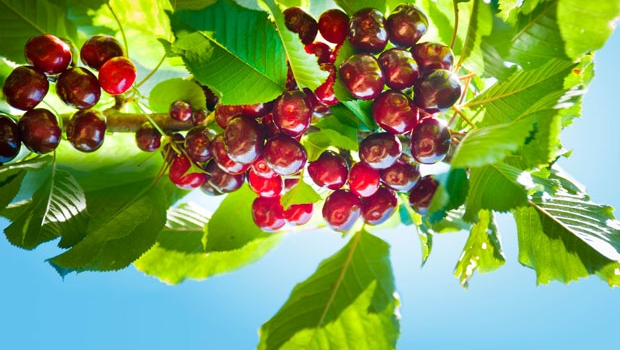



The Victorian cherry season usually commences in the first or second week of November. It then continues through January. The quality of this fruit is dependent upon many factors. These seasonal factors include frost, humidity, hail and rainfall. Hence, farm owners and staff need to constantly monitor and care for the crops during harvest season. This will ensure a productive season and it will also maximise crop output. During this time, over 15,000 tonnes of this premium fruit is picked and packed for retail. Tasmania has the shortest cherries season, however, it has the third-largest volume.
As of June 2020:
Some of the dominant cherry growing areas include the Huon Valley, the Adelaide Hills, the Goulburn Valley, Donnybrook and Sunraysia. The major markets include Queensland, New South Wales and Victoria.
Currently, Australia is a net exporter of this fresh fruit. The export volumes have immensely increased in recent times. Hence, the industry is booming at the moment. The majority of exports are going to China and Hong Kong. As of this year, Australia successfully imported over 1,954 tonnes of this fruit from the United States. Additionally, it also exported about 4,460 tonnes. Moreover, 34% of these cherries were exported to China, followed by Hong Kong and Vietnam. The preserved version of this fruit is also highly in demand.